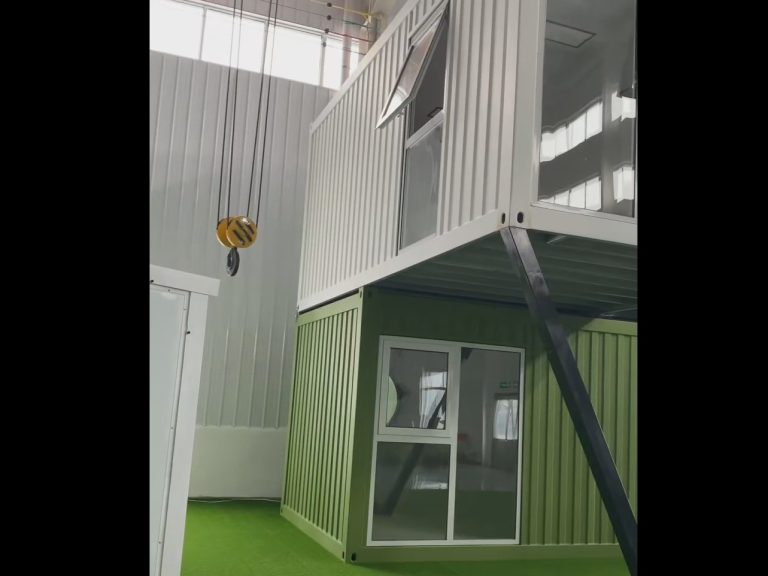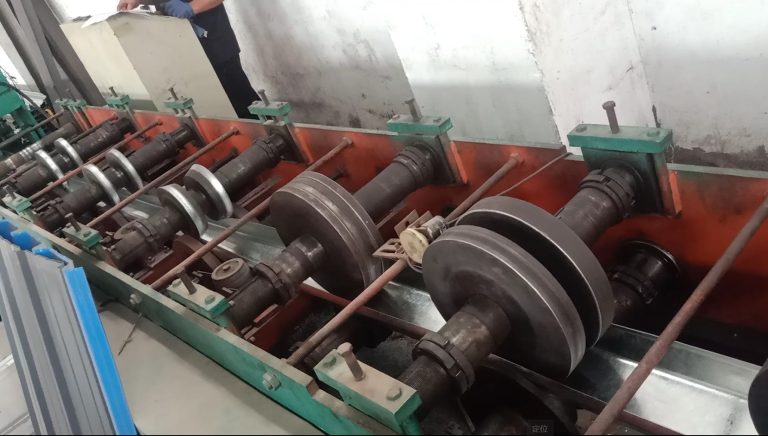Table of Contents
Benefits of Using Steel Box Houses in Temporary Airports and Helipads
Steel box houses have become increasingly popular in the construction of temporary airports and helipads due to their numerous benefits. These structures are not only cost-effective but also durable and easy to assemble, making them an ideal choice for temporary facilities in remote locations. In this article, we will discuss the construction standard and operation requirements of steel box houses in temporary airports and helipads.

One of the key benefits of using steel box houses in temporary airports and helipads is their quick assembly time. These structures can be erected in a matter of days, allowing for rapid deployment in emergency situations or for temporary events. This is particularly important in remote locations where traditional construction methods may be impractical or time-consuming.
In addition to their quick assembly time, steel box houses are also highly durable. Made from high-quality steel, these structures are able to withstand harsh weather conditions and provide a safe and secure environment for airport and helipad operations. This durability is essential in ensuring the safety of passengers and staff, as well as protecting valuable equipment and infrastructure.
Furthermore, steel box houses are cost-effective compared to traditional construction methods. The materials used in these structures are relatively inexpensive, and their quick assembly time helps to reduce labor costs. This makes steel box houses an attractive option for temporary airports and helipads that may have budget constraints or limited resources.
When constructing steel box houses in temporary airports and helipads, it is important to adhere to certain construction standards and operation requirements. These standards are put in place to ensure the safety and functionality of the structures, as well as to comply with regulations and guidelines set forth by aviation authorities.
One of the key construction standards for steel box houses in temporary airports and helipads is the use of high-quality materials. It is essential to use steel that meets industry standards for strength and durability, as well as to ensure that the structure is properly insulated and weatherproofed. This will help to protect the building from damage and ensure the safety of those inside.
In addition to using high-quality materials, it is also important to follow proper construction techniques when assembling steel box houses. This includes ensuring that the structure is properly anchored to the ground, as well as following guidelines for electrical and plumbing installations. By adhering to these construction standards, you can ensure that the steel box house is safe and secure for airport and helipad operations.
In terms of operation requirements, steel box houses in temporary airports and helipads must comply with regulations set forth by aviation authorities. This includes ensuring that the structure meets all necessary safety standards, as well as providing adequate facilities for passengers and staff. It is also important to have a plan in place for emergency situations, such as fires or medical emergencies, to ensure the safety of all individuals on site.
Overall, steel box houses offer numerous benefits for temporary airports and helipads, including quick assembly time, durability, and cost-effectiveness. By following construction standards and operation requirements, you can ensure that these structures are safe and secure for airport and helipad operations. Whether used for emergency situations or temporary events, steel box houses are an excellent choice for remote locations where traditional construction methods may not be feasible.
Key Construction Standards and Operation Requirements for Steel Box Houses in Temporary Airports and Helipads
Steel box houses have become a popular choice for temporary structures in various settings, including temporary airports and helipads. These structures offer a quick and efficient solution for providing shelter and facilities in remote locations where traditional construction may not be feasible. In this article, we will discuss the key construction standards and operation requirements for steel box houses in temporary airports and helipads.
One of the most important considerations when constructing a steel box house in a temporary airport or helipad is ensuring that the structure meets all relevant building codes and standards. This includes ensuring that the structure is designed to withstand the unique challenges of its environment, such as high winds, extreme temperatures, and potential seismic activity. Additionally, the structure must be able to safely accommodate the specific needs of its occupants, such as providing adequate ventilation, lighting, and sanitation facilities.
In terms of construction standards, steel box houses in temporary airports and helipads must be built to withstand the rigors of frequent use and transportation. This means using high-quality materials and construction techniques to ensure that the structure is durable and long-lasting. Additionally, the structure must be designed to be easily assembled and disassembled, allowing for quick deployment and relocation as needed.
Operation requirements for steel box houses in temporary airports and helipads also play a crucial role in ensuring the safety and functionality of the structure. This includes ensuring that the structure is properly maintained and inspected on a regular basis to identify and address any potential issues before they become a problem. Additionally, the structure must be equipped with all necessary safety features, such as fire extinguishers, emergency exits, and first aid kits, to ensure the well-being of its occupants.
When it comes to the operation of steel box houses in temporary airports and helipads, proper training and supervision are essential. This includes ensuring that all personnel responsible for operating and maintaining the structure are properly trained in its use and safety procedures. Additionally, there must be clear protocols in place for responding to emergencies and evacuating the structure in the event of a disaster.
In conclusion, the construction standards and operation requirements for steel box houses in temporary airports and helipads are essential for ensuring the safety and functionality of these structures. By adhering to these standards and requirements, developers can create durable and efficient structures that meet the unique needs of their environment. With proper planning, construction, and operation, steel box houses can provide a reliable and cost-effective solution for temporary shelter and facilities in remote locations.







